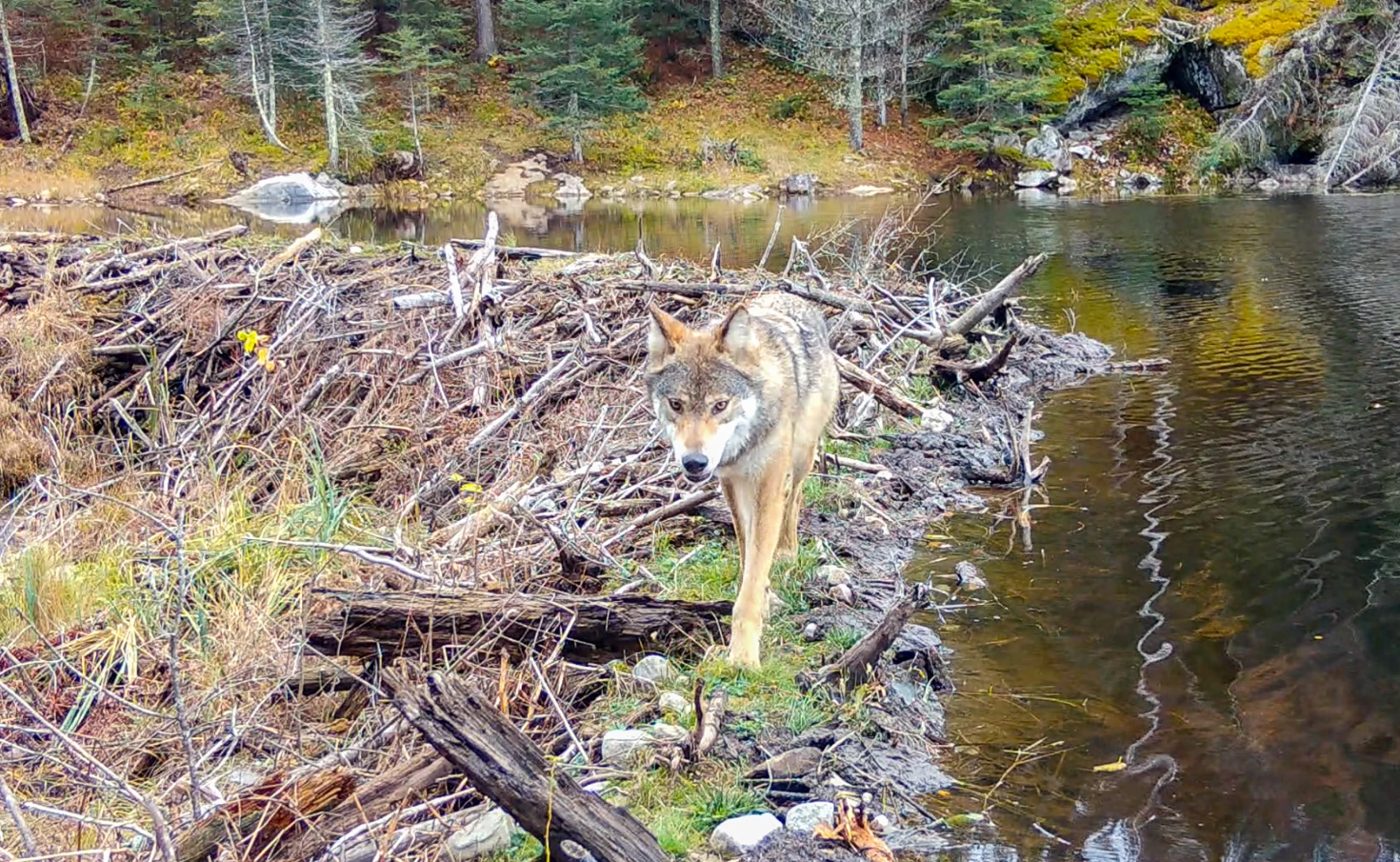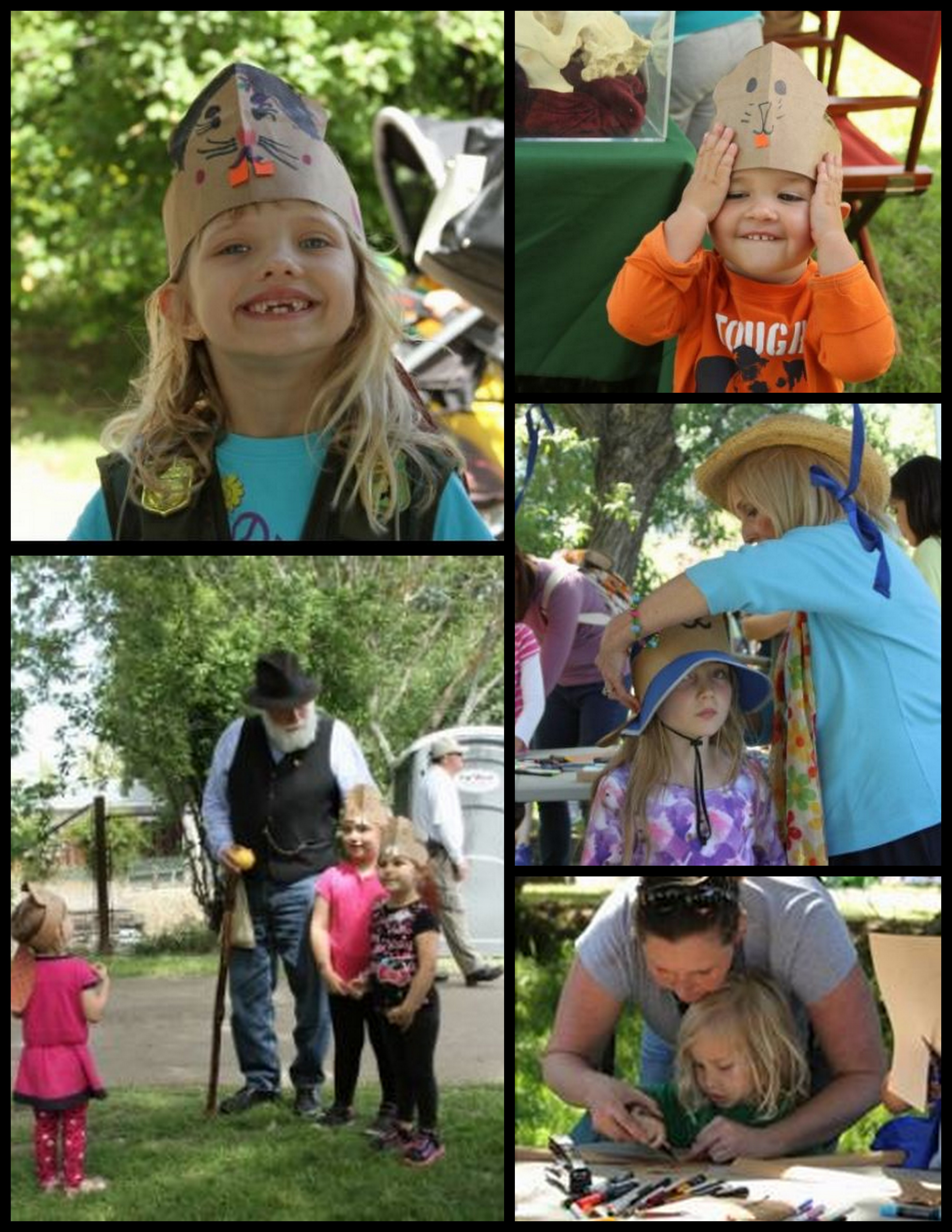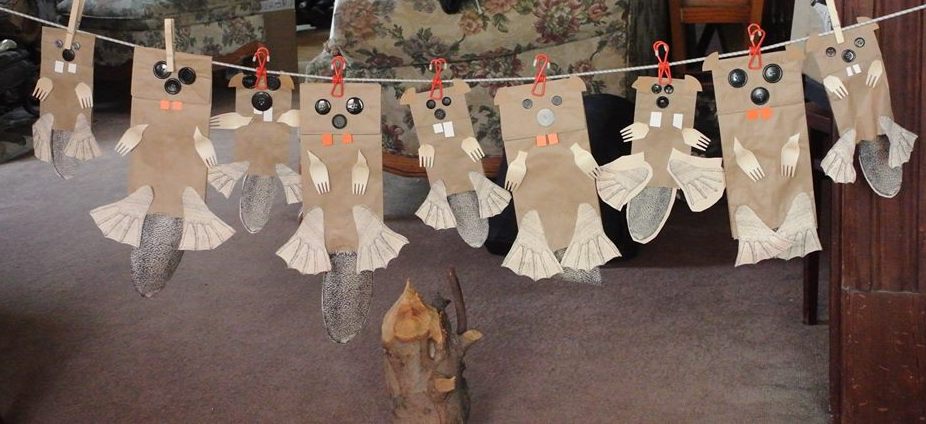Glad to see this from New Hampshire this morning. Apparently there are trickle down benefits to Art Wolinsky’s fortitude all those years ago.
Mine Falls is one of Nashua’s most treasured landmarks, enjoyed by wildlife and people alike, including sustainability manager Deb Chisholm, who loves seeing beavers while kayaking on the Nashua River.
“If you go out around dusk, then you have a better chance of actually seeing a beaver in the water and when they see you they slap their tail hard on the water. It’s kind of cool when you’re out there and you hear that,” Chisholm said.
“Most of the time people are fine with beavers,” she added. “Typically the only time that beavers become an issue with the city is when there is flooding going on.”
Up until recently, the city’s solution to this problem was to relocate the beavers and poke holes in the dams to reduce the potential for flooding.
“You can relocate beavers to another place, but because that habitat is beneficial to them, beavers are going to come back,” Chisholm said. “The conservation commission had decided that it was interested in trying out some of these tools to see if they were an alternative to simply relocating the beavers.”
Wow accuracy and understanding! What a concept. I wonder what they are going to try instead?
 Over the past two years, the conservation commission had considered pond levelers – sometimes called “beaver deceivers” – as an alternative method. After deliberation on what location would be best to test one out, a pond leveler was installed at Mine Falls Park near the entrance on Spine Road.
Over the past two years, the conservation commission had considered pond levelers – sometimes called “beaver deceivers” – as an alternative method. After deliberation on what location would be best to test one out, a pond leveler was installed at Mine Falls Park near the entrance on Spine Road.
Pond levelers are pipes that run underneath beaver dams that create a permanent leak to keep ponds at a controlled, safe level.
The inlet of the pipe has an exclusion fence that prevents – or “deceives” – beavers from being able to feel or hear the flow of water. Unable to detect the flow, the beavers leave it alone. The height of the outlet of the pipe controls the level of the pond.
Well that’s wonderful to hear! Except for the fact that you call them beaver deceivers which they aren’t this is perfect.
Poor Skip. He is being hoisted by his own petard of catchy cleverness. The name is too good and fun to apply. You are never going to control its application.
The city’s first experience with pond levelers was in September 2023 when one was installed at Hassells Brook just two days before a major rain event, after which the leveler was removed.
“It was extensive and probably some of the most flooding that the city has seen in quite some time,” Chisholm said, stating that the city got six inches of rain in just one hour. “Having the pond leveler in Hassells Brook, some people look at it and call it the reason why there was flooding in properties that are bordering Hassells Brook. I personally don’t agree. The flooding was really because of the rainfall and undersized culverts, etcetera.”
The conservation commission had money set aside for beaver management and an existing contract with Bestway Wildlife to install two pond levelers. After the installation and removal of the one at Hassells Brook, there was one left outstanding that the conservation commission wanted to use.
Level heads and planning. Good work.
It was considered to install one in the Buckmeadow conservation area on Buckmeadow Drive, but the commission wasn’t ready to install one there yet. Chisholm added that Buckmeadow conservation area has an issue with the overgrowth of phragmites – a type of reed grass – and that phragmites tend to die off when water levels are high.
After the Mine Falls park advisory mentioned how flooding caused by beavers was plugging up the calvert that goes under Spine Road, it was decided that this location would be ideal.
“We really have no local data to sort of indicate whether [pond levelers] work or don’t work,” Chisholm said. “I know there are several communities in Southern New Hampshire that have used them successfully, but we want to be able to use them all here in Nashua before we all of a sudden have a whole bunch of them. We’re just trying to test it out [and] we thought that the Spine Road area would be a good location.”
We have never seen antibiotics treat infections HERE in special place New Hampshire, but those kids across the river stopped getting spots so we thought we’d try it too.
Gosh I hope the laws of physics and anatomy work the same way here. I mean just because water runs down hill in other parts of New Hampshire there are no guarantees.
At least they are trying it.
 University of Minnesota researcher Thomas Gabel discusses his research on ecosystem interactions between wolves and beavers in Minnesota. This is part of “The Iconic Beaver,” a series that investigates the influence of this keystone species in Minnesota. “The Iconic Beaver” is produced by Mark Jacobs.
University of Minnesota researcher Thomas Gabel discusses his research on ecosystem interactions between wolves and beavers in Minnesota. This is part of “The Iconic Beaver,” a series that investigates the influence of this keystone species in Minnesota. “The Iconic Beaver” is produced by Mark Jacobs.










































